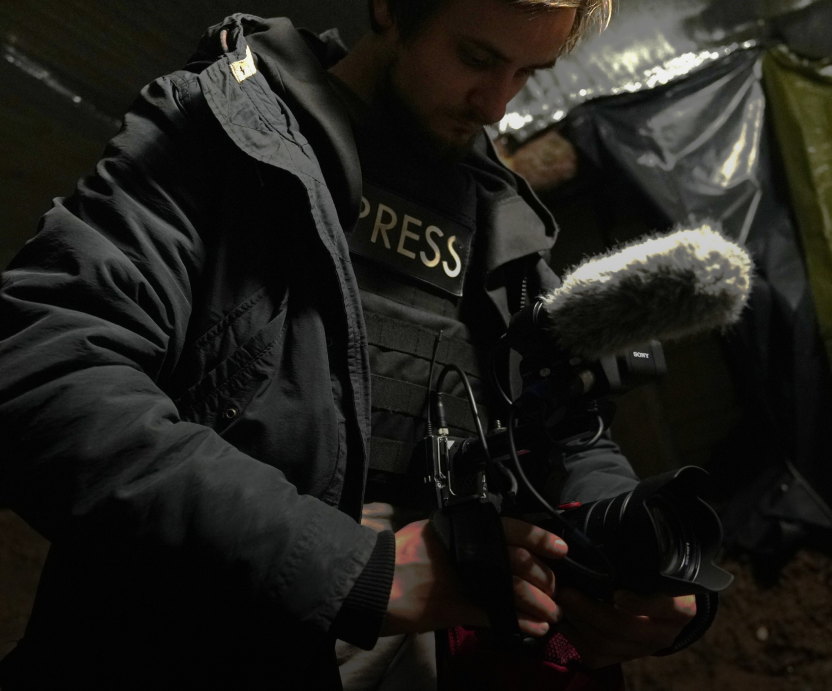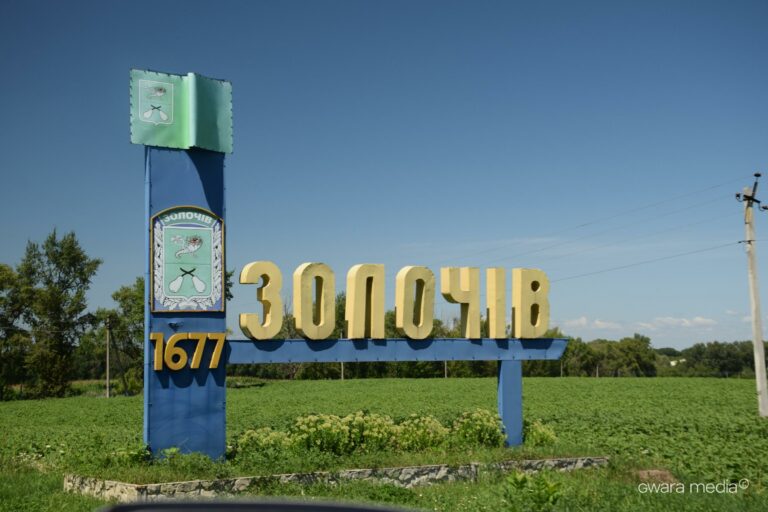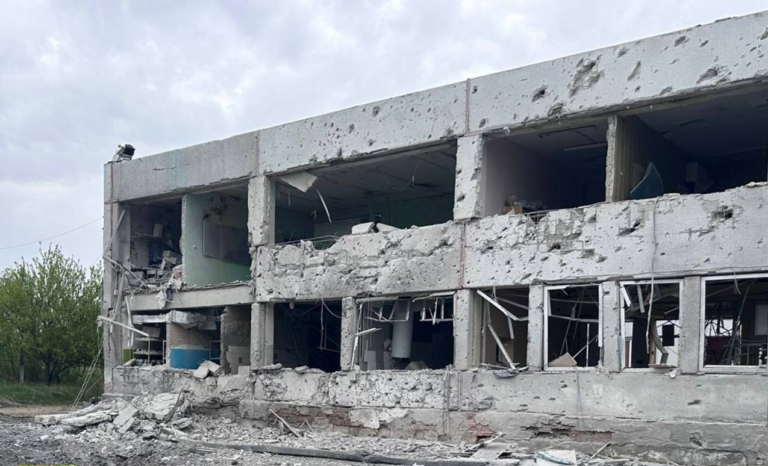The Commander-in-Chief of the Armed Forces of Ukraine Valeriy Zaluzhnyi wrote a column and had an interview with The Economist.
He does not often communicate with the media; his last interview with a Western publication was back in the summer, so each publication caused a resonance in Ukraine, the West, and Russia. In a recent article, he stated that the war in Ukraine is entering a dangerous positional stage and said how to avoid it.
Current situation on the battlefield
For many subjective and objective reasons, the war at this stage is turning into a positional form, from which it is challenging to get out. This benefits Russia, as it will allow restoring and increasing its military power.
“The biggest risk of a positional war of attrition is that it can drag on for years and tire out the Ukrainian state,” says Valerii Zaluzhnyi.
The current situation at the front, Zaluzhny writes, is reminiscent of World War I: “We have reached a level of technology development that puts us in a dead end. There will most likely be no deep and beautiful breakthrough.”
On how to get out of the “trap” of positional warfare
“Positional warfare is a long war that carries huge risks for the Armed Forces of Ukraine and its state,” Zaluzhnyi emphasized.
To avoid it, Ukraine needs to
- air superiority
- significantly improved electronic warfare and anti-battery capabilities
- new demining technologies
- the ability to mobilize and train more reserves
- modern command and control
- rationalization of logistics
Russia’s air superiority
Zaluzhnyi stresses that aviation is crucial to avoiding a positional war, as air control is essential for large-scale ground operations.
According to the commander-in-chief, at the beginning of the full-scale war, the Armed Forces had 120 combat aircraft, of which only a third could be used.
Since the beginning of the war, Russia has lost the number of aircraft that roughly corresponds to the number of aircraft of one air army, and helicopters – about 13 regiments of army aviation. Losses of air defence systems exceed 550 units.
However, by the end of the year, Russia may increase the number of aircraft by building new squadrons of strike aircraft.
On the scope of Russian minefields
Speaking about the enemy’s minefields, Zaluzhnyi said that today they are dense and reach a depth of 15-20 km in particularly important areas.
At the beginning of the war, the Armed Forces of Ukraine had very limited capabilities to overcome minefields, and the equipment was outdated. The assistance of Western partners has changed the situation for the better, but even this is objectively not enough for demining.
At the same time, the Commander-in-Chief emphasizes that the Armed Forces of Ukraine use minefields no less effectively: “This condition leads to the fact that significant difficulties and heavy losses in equipment and personnel characterize the offensive actions of both sides.”
Mobilization in Ukraine
Zaluzhny stated that Russia has three times more mobilization human resources than Ukraine. Therefore, one of the main priorities is to build up our reserves.
Among the problems with the reserves, the commander-in-chief named limited training opportunities on the territory of Ukraine, limited opportunities for military rotation, and evasion of mobilization.
“We are trying to fix these problems. We are introducing a unified register of conscripts, we have to expand the category of citizens who can be called up for training or mobilization. We are also introducing “combat training”, which provides for the placement of mobilized and trained personnel inexperienced military units for their training,” said Zaluzhnyi.
About Crimea
According to Zaluzhnyi, Crimea remains Putin’s most vulnerable point, as it is “the core of his project to restore the empire.” He also said that on October 30, Ukraine for the first time struck Russian targets in Crimea with American ATACMS missiles.
On the error in his estimates
Mr. Zaluzhnyi said his assumption that Russia could be stopped by blooding its troops was wrong: “It was my mistake. Russia has lost at least 150 thousand people in the killings. In any other country, such losses would have stopped the war.”
But not in Russia, “where life is cheap and where Putin’s reference point is the First and Second World Wars, in which Russia lost tens of millions of people.”
Gwara’s choice
Ukrainian Armed Forces repel 8 Russian attacks on the frontier between Kharkiv and Luhansk regions. Russian army conducted unsuccessful assault operations in the Kupyansk sector near Synkivka, Ivanivka in Kharkiv region and Stelmakhivka in Luhansk region.
Russians use chemical weapons in Kupyansk direction — Ukrainian military. On October 29, the Russian army used chemical weapons, including gases, in Kharkiv Oblast. This was reported by Denys Yaroslavskyi, commander of the Ukrainian Armed Forces intelligence unit, during the United telethon.




